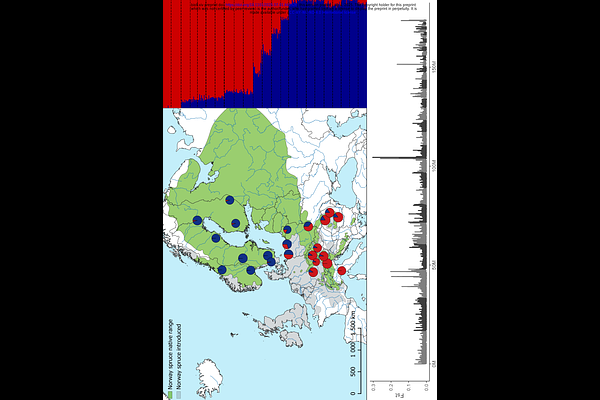Selection inference in a complex genomic landscape: the role of inversions in the spruce bark beetle

Selection inference in a complex genomic landscape: the role of inversions in the spruce bark beetle
Morales-Garcia, J.; Babik, W.; Zielinski, P.; Nadachowska-Brzyska, K.
AbstractUnderstanding the genetic basis of adaptation is a key objective in evolutionary biology. Although advances in genomic selection scans have greatly improved our ability to detect signatures of adaptation, distinguishing true signals from false positives remains challenging. This task is particularly difficult in regions of reduced recombination, such as polymorphic inversions. In this study, we examine the genome-wide landscape of selection in the European spruce bark beetle (Ips typographus), Europe\'s most destructive forest pest, which has one of the most complex inversion-associated recombination landscapes. Using whole-genome resequencing data from 312 individuals across 23 populations, we applied two complementary selection scan methods to assess how structural genomic variants, such as inversions, affect the detection of adaptive signals. Our findings reveal that large polymorphic inversions are significantly enriched for selection signals, thereby reinforcing their pivotal role in adaptation. However, these same inversions can complicate the interpretation of selection signals within their boundaries, where recombination suppression can obscure the true targets of selection. In contrast, the detection of selection in collinear regions is largely unaffected by the presence of inversions. To overcome the confounding effects within inversions, we demonstrate that focusing on homozygote genotypes enables the identification of candidate regions and haplotype-specific signals. Our findings highlight the contribution of inversions to adaptation, emphasising the importance of understanding species-specific genomic architecture when interpreting selection scan results.